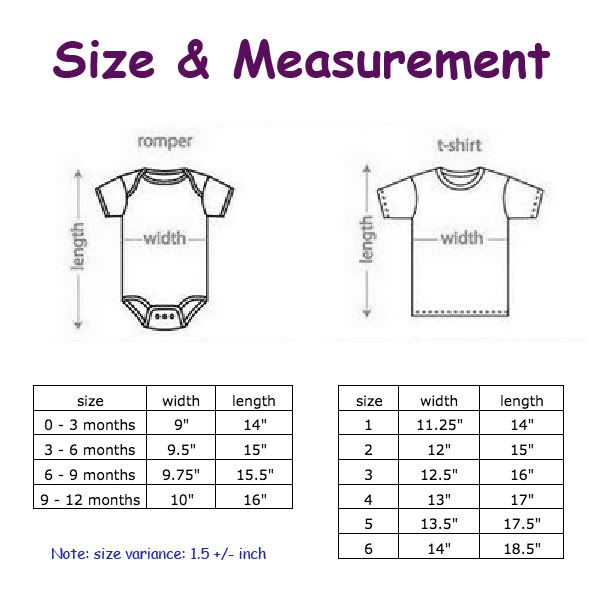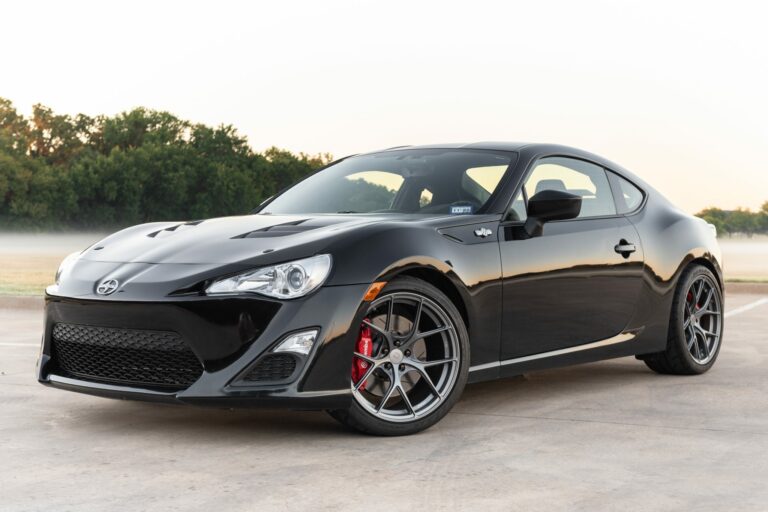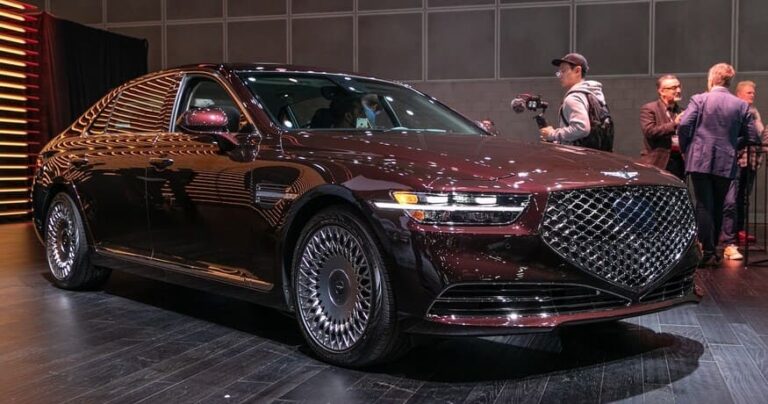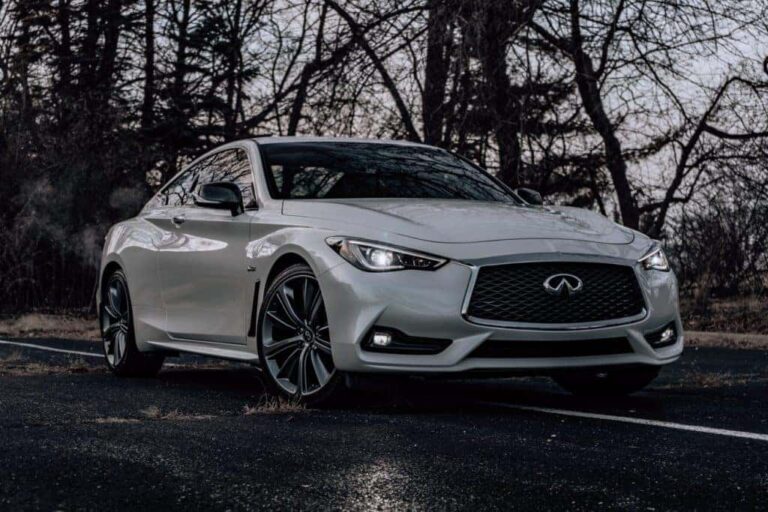What Is The Cheapest Brand New Car 2019: Your Ultimate Guide to Budget-Friendly Driving
What Is The Cheapest Brand New Car 2019: Your Ultimate Guide to Budget-Friendly Driving cars.truckstrend.com
In the dynamic world of automotive sales, where new models constantly emerge with advanced features and ever-increasing price tags, the quest for the absolute cheapest brand new car can seem like searching for a needle in a haystack. Yet, for many budget-conscious consumers, first-time car owners, or those simply seeking reliable, no-frills transportation, identifying the most affordable option is not just a preference—it’s a necessity. This comprehensive guide aims to uncover "What Is The Cheapest Brand New Car 2019," delving into the contenders, their features, and what you can truly expect when opting for the lowest entry point into new car ownership. Understanding these vehicles means recognizing a specific value proposition: reliable mobility at the lowest possible cost, often trading creature comforts and high performance for sheer affordability.
The Contenders for "Cheapest": Identifying the Front-Runners
What Is The Cheapest Brand New Car 2019: Your Ultimate Guide to Budget-Friendly Driving
When the objective is to find the cheapest brand new car, the search inevitably narrows down to the subcompact and microcar segments. These are the vehicles designed from the ground up to be economical, both in terms of purchase price and running costs. Manufacturers strip down features to their bare essentials, focusing on delivering basic transportation. In 2019, several usual suspects consistently vied for the title of the most affordable new car in the United States market.
The primary contenders typically included:
- Chevrolet Spark: A popular choice for its modern styling and surprising tech offerings for its price point.
- Mitsubishi Mirage: Known for its exceptional fuel economy and incredibly low starting MSRP, often a perennial challenger for the "cheapest" title.
- Nissan Versa Sedan: Historically a very strong contender, though its pricing could sometimes edge slightly higher than the top two.
- Kia Rio / Hyundai Accent: While offering a bit more refinement, their base models sometimes dipped into the ultra-affordable bracket.

To accurately determine the "cheapest," we must look at the manufacturer’s suggested retail price (MSRP) for the absolute base model (often denoted as LS, ES, S, or similar entry-level trims) with a manual transmission, as automatics typically add to the cost. It’s crucial to remember that this initial MSRP does not include destination charges, taxes, or other fees, which we will discuss later.
Deep Dive: The 2019 Chevrolet Spark – The Likely Champion
For 2019, the title of the cheapest brand new car in the U.S. market was, for all intents and purposes, claimed by the 2019 Chevrolet Spark LS with a manual transmission.
Key Specifications and Features:
- Starting MSRP (2019): Approximately $13,220
- Engine: 1.4-liter ECOTEC DOHC 4-cylinder engine
- Horsepower: 98 hp
- Torque: 94 lb-ft
- Standard Transmission: 5-speed manual
- Optional Transmission: Continuously Variable Transmission (CVT), which would increase the price.
- Fuel Economy (Manual): EPA-estimated 29 MPG city / 38 MPG highway / 33 MPG combined
- Seating Capacity: 4 passengers
- Body Style: 4-door hatchback

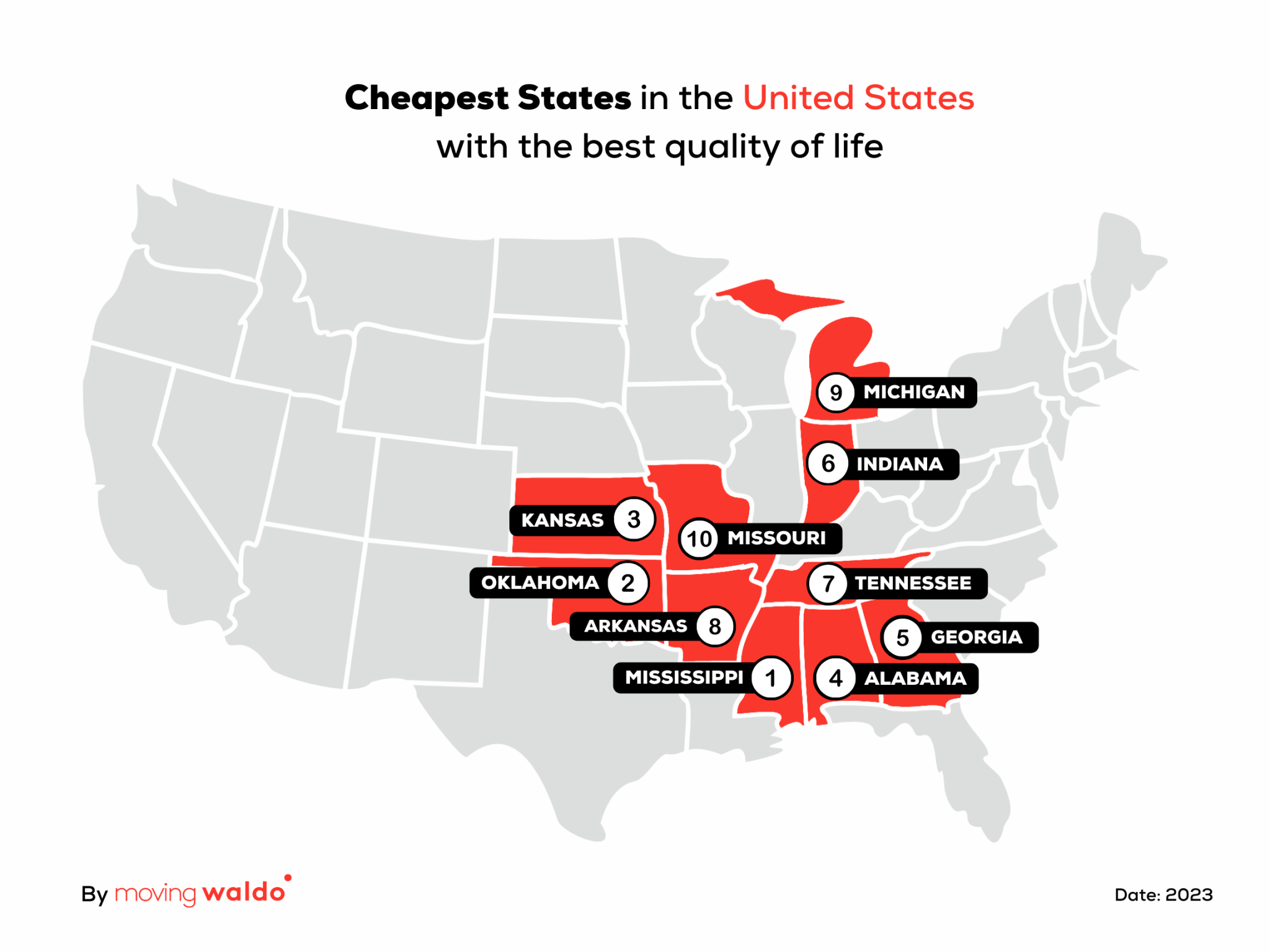
What You Get for the Price:
The Spark LS was a surprisingly well-equipped car for its price point. While undeniably basic, it offered a few crucial modern amenities that set it apart from some competitors. Standard features included:
- 7-inch Chevrolet Infotainment 3 System: This was a major selling point, featuring Apple CarPlay and Android Auto compatibility, along with two USB ports. This meant buyers could use their smartphone for navigation, music, and communication directly through the car’s screen, effectively bypassing the need for an expensive built-in navigation system.
- Air Conditioning: A non-negotiable comfort for many, thankfully standard.
- Rear Vision Camera: A crucial safety feature, mandated by law, providing an invaluable aid for parking and reversing.
- 10 Airbags: Comprehensive passive safety.
- StabiliTrak electronic stability control system: Standard active safety.
- Power Windows (front only) and Manual Door Locks: A mix of convenience and cost-saving.
- 15-inch Steel Wheels: With wheel covers, as expected.
Pros of the 2019 Chevrolet Spark:
- Affordable Price: The primary reason it’s on this list.
- Modern Infotainment: Apple CarPlay/Android Auto was a significant advantage at this price point.
- Maneuverability: Its compact size made it incredibly easy to navigate tight city streets and park.
- Fuel Efficiency: Good for city driving and reasonable on highways.
- Surprising Refinement: Compared to some direct competitors, the Spark offered a slightly more "grown-up" feel.
Cons of the 2019 Chevrolet Spark:
- Limited Power: 98 hp is adequate for city driving but can feel strained on highways, especially with multiple passengers.
- Small Cargo Space: While a hatchback offers more flexibility than a sedan, it’s still a small car.
- Basic Interior Materials: Hard plastics are prevalent, though the design is functional.
- Limited Rear Seat Room: Best suited for two adults in the back for short trips, or children.
Runner-Up: The 2019 Mitsubishi Mirage – Value on a Budget
A close second, and often exchanging the "cheapest" crown with the Spark depending on incentives, was the 2019 Mitsubishi Mirage ES (hatchback) or its sedan counterpart, the Mirage G4 ES.
Key Specifications and Features:
- Starting MSRP (2019): Approximately $13,795 (Mirage ES Hatchback)
- Engine: 1.2-liter MIVEC DOHC 3-cylinder engine
- Horsepower: 78 hp
- Torque: 74 lb-ft
- Standard Transmission: 5-speed manual
- Optional Transmission: Continuously Variable Transmission (CVT)
- Fuel Economy (Manual Hatchback): EPA-estimated 33 MPG city / 41 MPG highway / 36 MPG combined (often segment-leading)
- Seating Capacity: 5 passengers (though comfortably 4)
- Body Style: 4-door hatchback or 4-door sedan (Mirage G4)
What You Get for the Price:
The Mirage prioritizes fuel economy and a long warranty over outright performance or features. Standard features on the ES trim included:
- 7-inch Touchscreen Display: While not as sophisticated as Chevy’s, it offered Bluetooth connectivity. Apple CarPlay and Android Auto were available on higher trims, but not standard on the base ES.
- Rearview Camera: Standard.
- Automatic Climate Control: A surprising standard feature at this price point, often manual in competitors.
- Power Windows and Door Locks: All four windows were power-operated, a slight edge over the Spark’s front-only.
- 14-inch Steel Wheels: With wheel covers.
- Comprehensive Warranty: Mitsubishi’s 5-year/60,000-mile new vehicle limited warranty and 10-year/100,000-mile powertrain limited warranty were industry-leading.
Pros of the 2019 Mitsubishi Mirage:
- Exceptional Fuel Economy: One of the most fuel-efficient non-hybrid cars on the market.
- Long Warranty: Provides significant peace of mind for long-term ownership.
- Very Low Price: Consistently among the lowest MSRPs.
- Maneuverability: Extremely small and easy to park.
Cons of the 2019 Mitsubishi Mirage:
- Underpowered Engine: The 78 hp 3-cylinder engine struggles, especially on highways or inclines, and can be noisy.
- Basic Interior: Very utilitarian with noticeable hard plastics.
- Loud Cabin: Engine and road noise can be intrusive.
- Unrefined Driving Dynamics: Not designed for engaging driving.
Other Notable Mentions and Their Price Points (2019 Context)
While the Spark and Mirage were the primary contenders for the absolute cheapest, other models hovered just above them, offering slight upgrades in size, power, or features for a modest increase in price.
- 2019 Nissan Versa Sedan S: Starting around $12,460 (for the manual S model, excluding destination). It was often positioned very competitively, sometimes even lower than the Spark’s listed MSRP, but with very few features. It was notable for its relatively spacious back seat for a subcompact.
- 2019 Kia Rio LX: Starting around $15,300 (hatchback or sedan). Offered a more refined driving experience and a more substantial feel than the Spark or Mirage, along with a strong warranty, but at a slightly higher entry price.
- 2019 Hyundai Accent SE: Starting around $14,995. The Accent was mechanically similar to the Rio and offered similar benefits – a more mature feel and good standard features for its price, slightly above the absolute cheapest.
These vehicles represented the next rung up on the affordability ladder, often providing a bit more comfort or power for just a few thousand dollars more.
Beyond MSRP: Understanding the True Cost of Ownership
Focusing solely on the MSRP of the cheapest car can be misleading. The true cost of ownership involves several other factors that significantly impact your budget.
- Destination Charges: This is a non-negotiable fee charged by the manufacturer to transport the car from the factory to the dealership. For 2019, these typically ranged from $875 to $950 for subcompacts. This must be added to the MSRP.
- Taxes and Fees: Sales tax (varies by state), registration fees, license plate fees, and document fees will add hundreds, if not thousands, to the total price.
- Insurance: While cheaper cars might have lower collision repair costs, your insurance premium will also depend on your driving history, age, location, and the specific insurer. Get quotes before you buy.
- Fuel Economy: The Spark and Mirage excel here. Over the lifespan of the car, excellent MPG can save you thousands.
- Maintenance and Repairs: Research the reliability of the model. While new cars come with warranties, understanding typical maintenance costs (oil changes, tires) and potential long-term issues is wise.
- Depreciation: Entry-level cars tend to depreciate quickly, meaning their resale value after a few years might be significantly lower than what you paid.
What to Expect (and Not Expect) from a Budget Car
When you purchase the cheapest brand new car, you are making a deliberate trade-off.
What to Expect:
- Basic, Reliable Transportation: These cars are designed to get you from point A to point B safely and efficiently.
- Excellent Fuel Economy: A key selling point for these models.
- Standard Safety Features: Airbags, anti-lock brakes, stability control are standard and meet federal requirements. A rearview camera is also standard.
- Essential Comforts: Air conditioning, a basic stereo (often with Bluetooth), and power windows (at least in front) are typically included.
- Maneuverability: Their small size makes them ideal for urban environments.
What Not to Expect:
- High Performance or Quick Acceleration: Engines are designed for efficiency, not speed.
- Luxurious Interior Materials: Expect hard plastics and basic cloth upholstery.
- Advanced Driver-Assist Systems (ADAS): Features like blind-spot monitoring, lane-keeping assist, or adaptive cruise control are typically absent or optional on higher, more expensive trims.
- Quiet Cabin: Road noise, wind noise, and engine noise will be more noticeable than in more expensive vehicles.
- Abundant Cargo Space: While hatchbacks offer versatility, overall space is limited.
- Premium Audio Systems or Large Infotainment Screens: Unless you upgrade to a higher trim, the base system will be functional but not feature-rich.
Tips for Buying the Cheapest New Car in 2019
- Focus on the Base Trim: Resist the urge to add packages or higher trims, as they quickly erode the "cheapest" advantage.
- Embrace the Manual Transmission: If you can drive stick, it’s almost always the cheapest option for the base model.
- Factor in Destination Charges: Always ask for the "out-the-door" price, which includes all mandatory fees.
- Shop Around: Visit multiple dealerships, even if it means driving a bit further, to compare prices and available incentives.
- Look for Incentives and Rebates: Manufacturers often offer cash back or low APR financing on entry-level models to clear inventory. These can significantly lower your actual cost.
- Test Drive Thoroughly: Ensure the car meets your basic needs for comfort and driving dynamics, even if it’s budget-friendly.
- Consider Financing: Get pre-approved for a loan from your bank or credit union before visiting the dealership to compare against dealer financing offers.
Table Price: What Is The Cheapest Brand New Car 2019
| Make/Model | Trim | Starting MSRP (2019) | Standard Transmission | Engine | Est. Combined MPG | Key Standard Features | Est. Destination Charge |
|---|---|---|---|---|---|---|---|
| Chevrolet Spark | LS | $13,220 | 5-speed Manual | 1.4L 4-cylinder | 33 MPG | 7" Touchscreen w/ Apple CarPlay/Android Auto, Rear Camera, AC, 10 Airbags | $875 |
| Mitsubishi Mirage | ES | $13,795 | 5-speed Manual | 1.2L 3-cylinder | 36 MPG | 7" Touchscreen, Rear Camera, Automatic Climate Control, Power Windows, 10-yr/100k Powertrain Warranty | $925 |
| Nissan Versa Sedan | S | $12,460 | 5-speed Manual | 1.6L 4-cylinder | 30 MPG | Bluetooth, AC, Power Windows (front), Rear Camera | $895 |
| Hyundai Accent | SE | $14,995 | 6-speed Manual | 1.6L 4-cylinder | 31 MPG | 5" Color Touchscreen, AC, Power Windows, Remote Keyless Entry | $895 |
| Kia Rio | LX | $15,300 | 6-speed Manual | 1.6L 4-cylinder | 32 MPG | 5" Touchscreen, Rear Camera, AC, Power Windows, 5-yr/60k Basic Warranty | $925 |
Note: MSRPs are approximate and reflect the lowest possible trim with manual transmission for 2019. Destination charges are estimates and could vary slightly.
Frequently Asked Questions (FAQ) about the Cheapest New Cars
Q: Is it safe to buy the cheapest car?
A: Yes, all new cars sold in the U.S. must meet rigorous federal safety standards. They come with standard airbags, anti-lock brakes (ABS), and electronic stability control (ESC). While they might lack advanced driver-assist systems found in more expensive cars, they are fundamentally safe.
Q: Will the cheapest car have basic features like A/C and power windows?
A: Yes, air conditioning and power windows (at least for the front) are typically standard even on the cheapest new cars from 2019. A rearview camera is also standard due to federal regulations.
Q: How much is the destination charge usually?
A: For subcompact cars in 2019, destination charges typically ranged from $875 to $950. This fee is non-negotiable and applies to all new vehicles.
Q: Can I get financing for such a cheap car?
A: Absolutely. Dealerships and banks offer financing for all new cars, regardless of price. Interest rates will depend on your credit score, the loan term, and current market rates. Sometimes, manufacturers offer special low APR financing deals on entry-level models.
Q: How long do these cars typically last?
A: With proper maintenance, modern cars are designed to last well over 100,000 miles, and often significantly more. While "cheap" in price, they are still built with modern engineering and quality standards. Mitsubishi’s 10-year/100,000-mile powertrain warranty on the Mirage, for example, speaks to their confidence in the vehicle’s longevity.
Q: Are there any hidden costs I should be aware of?
A: Beyond the MSRP and destination charge, be prepared for sales tax, registration fees, title fees, and dealer documentation fees. These can add several hundred to over a thousand dollars to the final price. Always ask for an "out-the-door" price that includes all these mandatory costs. Also, factor in insurance, fuel, and regular maintenance.
Conclusion
In 2019, the quest for the cheapest brand new car largely led to the Chevrolet Spark LS and the Mitsubishi Mirage ES. Both vehicles served a crucial segment of the market, offering new car reliability, modern safety features, and impressive fuel efficiency at a price point that made new car ownership accessible to a broader audience. While they demand compromises in terms of power, interior refinement, and advanced features, they excel at their core mission: providing dependable, affordable transportation.
Understanding that the "cheapest" car is more than just its sticker price – encompassing destination charges, taxes, insurance, and running costs – is vital for making an informed decision. For those prioritizing budget above all else, the 2019 Spark and Mirage stood as testament that new car ownership didn’t necessarily require breaking the bank, offering practical and efficient solutions for everyday driving needs.

